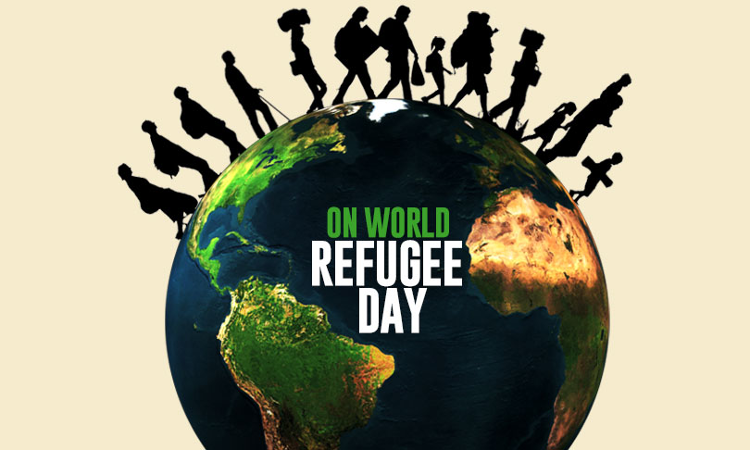Photo Exhibition On World Refugee Day - Highlighting Refugee Experience Through Art
Karan Tripathi
21 Jun 2019 11:34 AM IST

Next Story
21 Jun 2019 11:34 AM IST
In the mid-twentieth century, Roland Barthes showed us both the 'art' and 'value' of reading a photograph. As a repository of multiple meanings, a photograph is political as much as it is aesthetic. It has layers beyond the surface that highlights the ideology of the photographer and shapes the perspective of the viewer. Recognising the similar potential of the photographic medium,...
